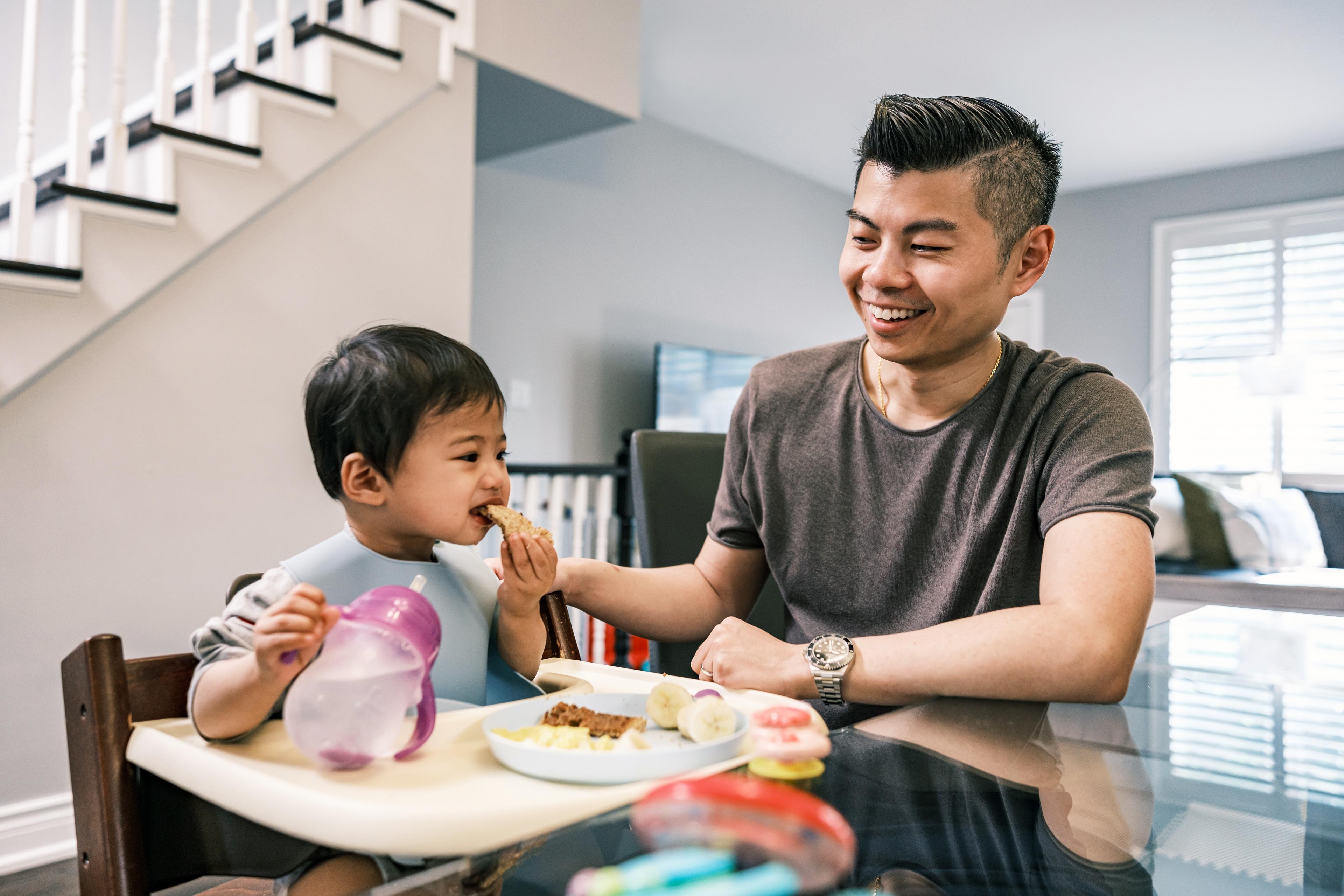New Safe Sleep Guidelines for Infants
Shandra Martinez
| 3 min read

Before every new baby arrives, there’s usually a flurry of activity by parents and even grandparents who fuss over the nursery preparations. Everything from what kind of crib the baby will sleep in- to what themes and colors will be used to decorate the nursery is given careful attention. But how a baby sleeps – and a baby’s surroundings during sleep – are important to plan for as well. And now there are new guidelines to help parents make sure their baby is sleeping safely.
New safe sleep guidelines. The American Academy of Pediatrics (AAP) recently updated their safe sleep recommendations for infants. The goal of these new guidelines – the first update since 2016 – is to help all babies sleep safely and reduce the risk of Sudden Infant Death Syndrome, or SIDS. The updated recommendations include:
- Infants should sleep on their backs
- Infants should sleep in a crib or bassinet
- Infants should sleep on flat, non-inclined surfaces like a firm mattress
- Infants should not be placed in a crib or bed with soft bedding pieces like pillows or toys
- Infants should not routinely sleep in strollers, swings, car seats or other baby carriers
- Infants should sleep in the same room as their parents for the first six months – but not in the same bed
- Bedsharing and co-sleeping are strongly discouraged
Cutting the risk of SIDS. All of these safeguards are meant to reduce the risk of infants dying of SIDS. In the United States each year, more than 3,500 infants die of sleep-related deaths, according to the AAP. The number of these deaths fell dramatically in the 1990s as parents became better educated about how to create safer sleeping situations for their babies, including the landmark “Back to Sleep” marketing campaign that reminded parents to lay infants on their backs to go to sleep. But in the last 20 years, the annual number of SIDS deaths has remained about the same, meaning more work needs to be done to keep infants safe. Research has found SIDS deaths can occur when infants are placed in unsafe sleep environments.
More safe sleeping tips. Beyond laying babies on their backs and keeping all fluffy toys and blankets out of their cribs, the AAP has other recommendations for parents to help create the safest sleep environment for infants. These include:
- Using pacifiers is linked to a reduced risk of SIDS
- Avoid exposure to nicotine, marijuana, opioids, alcohol or illicit drugs during pregnancy and after birth
- Breastfeeding for at least two months significantly lowers the risk of sleep-related deaths. The AAP recommends exclusive breastfeeding for 6 months
- The use of cardiorespiratory monitors is discouraged. They are not a way to reduce the risk of SIDS
- Don’t use commercial products or devices that claim to reduce the risk of SIDS
- Weighted swaddling and weighted clothing is not recommended
Related:
Photo credit: Getty Images





